
British Library Cataloguing in Publication Data
A catalogue record for this book is available from the British Library
Jeff Galloway RunningGetting Started
Maidenhead: Meyer & Meyer Sport (UK) Ltd., 2008
ISBN 978-1-84126-741-8
All rights reserved, especially the right to copy and distribute, including the translation rights. No part of this work may be reproducedincluding by photocopy, microfilm or any other meansprocessed, stored electronically, copied or distributed in any form whatsoever without the written permission of the publisher.
2005 by Meyer & Meyer Sport (UK) Ltd.
4th Edition, 2011
Aachen, Adelaide, Auckland, Beirut, Budapest, Cairo, Cape Town, Graz,
Indianapolis, Maidenhead, Olten (CH), Singapore, Tehran, Toronto
Member of the World
 Sport Publishers Association (WSPA)
Sport Publishers Association (WSPA)
www.w-s-p-a.org
Printed and bound by: B.O.S.S Druck und Medien GmbH, Germany
Also available in print.
Print-ISBN 978-1-84126-242-0
E-Mail:
www.m-m-sports.com
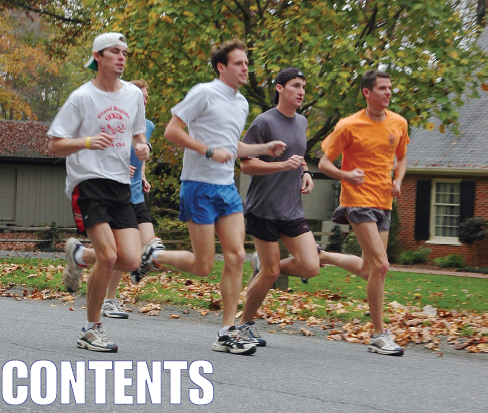

A fter havinghelped over 150,000 people make the change into the energeticlifestyle of a runner, its clear to me that almost anyonecan do thisand it doesnt have to be painful orextremely tiring. All you need to start this process is desire. Notjust the desire to run, but the desire to become part of a positiveprocess of improvement, bringing together the body, mind, andspirit.
There are few experiences in life that bestow thesatisfaction we get from running and walking for an extra mile whenwe didnt think we could do it. According to the experts,running brings us back to our most primitive roots. It was duringthe long migrations of walking and running in small groups thatprimitive man defined and nurtured traits that are uniquelyhuman.
As we huff and puff up a hill toward home,were probably experiencing the same feelings felt byancestors more than one million years ago.
One of the big surprises about running is that itis pleasurable. Surely, all of us have met those who tried to runtoo far or too fast and had a bad experience. But, if you choose totake control over your schedule, slow down the pace, take walkbreaks before you need them, and stay on the conservative side, youcan avoid the negatives. It may take a few weeks to get it right,but once this happens youll receive a treasure trove ofrewards from almost every run.
The bonding and friendships that are forged onyour runs are another special joy. On long runs the moreappropriate term is relationships. Practically everyrunner youll meet will welcome you and help you. This canbecome a problem because youll get many different points ofview on just about every topic. Again, you are the captain of yourship, and can choose which of these paths to take. The informationinside this book can steer you more directly to the advice thatworks.
Most of you start to run because something insidepushed or pulled. One of the effects of personal growth is ayearning of the psyche to search for a little challenge.
Running requires a unique mobilization ofresources that we all have inside. As we confront the smallstruggles, we find that there is much more strength than we thoughtwas there.
I want to invite you into the wonderful world ofrunning, but you dont even need an invitation. When you run,you leave the rules behind, and enter a world where you can feelquite free. You can choose how you define running and how youproceed. I hope that you will, on occasion, pass the torch andinvite others to join you. Speaking from experience, this providesan enhanced level of growth and satisfaction.
Even if you have your doubts, I ask you to believethat you will do this, and to get out on the roads, trails ortreadmills of your world, and try. If you do this regularly, in ashort time you will glow inside as you realize that you areconnecting up with all these benefits and more. After 50 years ofputting one foot in front of the other, Im still discoveringthe benefits, and enjoying just about every step along the way.
This book is offered as advice to you, from onerunner to another. It is not meant to be medical consultation orscientific fact. For more information in these areas, see aphysician or research the medical journals. But above all, laughand enjoy your runs.
Jeff Galloway

At first I needed to keep readingabout the many benefits of runningto get out the door. Nowmy friends have to shut me up when I keep talking about how greatrunning is.
M any scientistswho study the primitive beginnings of mankind believe that beforeour species was clever enough to make tools and coordinate huntingstrategies, our ancestors survived because they covered longdistance all day, walking and running to gather food.
Competing for a limited supply in an increasinglyarid climate, and lacking speed and strength, our forbearers keptmoving, collecting the leftovers that other animalshad overlooked or left behind. In the process of pushing on to thenext food supply, these primitive predecessors developed the muscleadaptations to cover long distances along with a variety ofpsychological and spiritual rewards for their going thedistance.
So, in the eyes of many experts, mankind evolvedbecause he was a long distance animal inthat walking andrunning are at the core of our being. Other specialists inprimitive man believe that the covering of thousands of miles everyyear in small groups forced the development of human traits likecooperation and mutual support.
What is the evidence that our ancestors ran? Takethe Achilles tendon. This is a marvelous mechanical unit whichallows humans to move forward very efficiently and quickly, with aminimum of effort. This degree of sophistication is not needed forwalking. Bio-mechanical experts believe that the Achilles evolvedto its advanced design because our early ancestors ran. The proofis pointing to the fact that we were born to walkandrun.
Is running better than walking?
Walking is a great exercise which produces fewinjuries, while burning calories and building fitness. Onceconditioned to recreational walking, one can burn many calorieswithout realizing it. The purpose of this book is not to getwalkers to switch to running. A high percentage of todaysrunners started as walkers, and continue to walk regularly.
| The evolution of a runner |
| At first, the walk was a bit of a challenge to the sedentary body. |
| Each walk delivered some exertion-related relaxation and inner satisfaction. |
| But after several weeks or months of regular walking, the walkers improved fitness level reduced the post-walk rewards. |
| The walker inserted a few short runs into the daily walks. |
| The run segments became more frequent. |
| After the run-walk days, the walker felt better than he/she initially felt in the beginning stages of walking. |
Next page
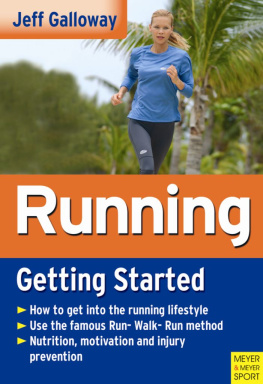

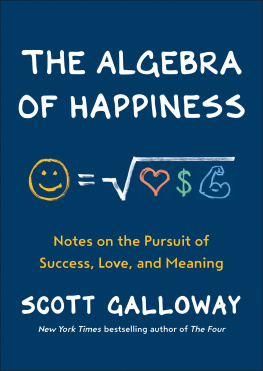




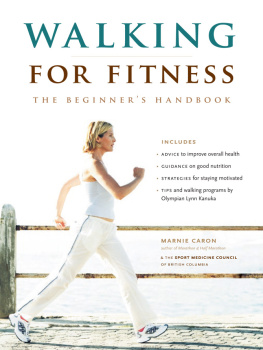
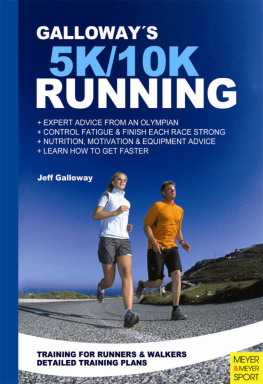
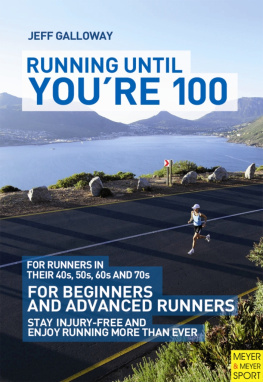
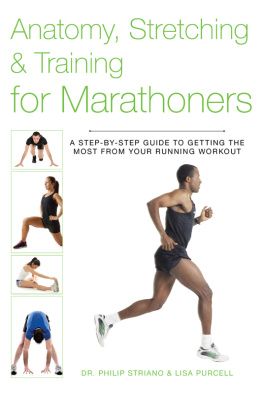

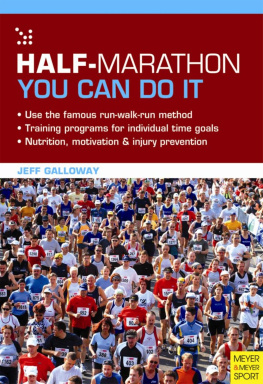
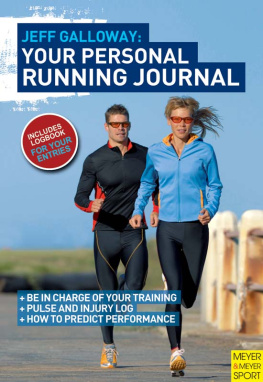
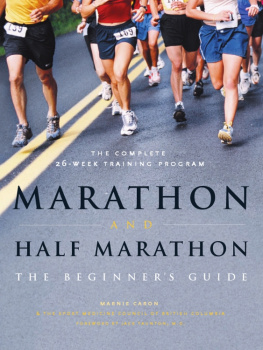

 Sport Publishers Association (WSPA)
Sport Publishers Association (WSPA)

